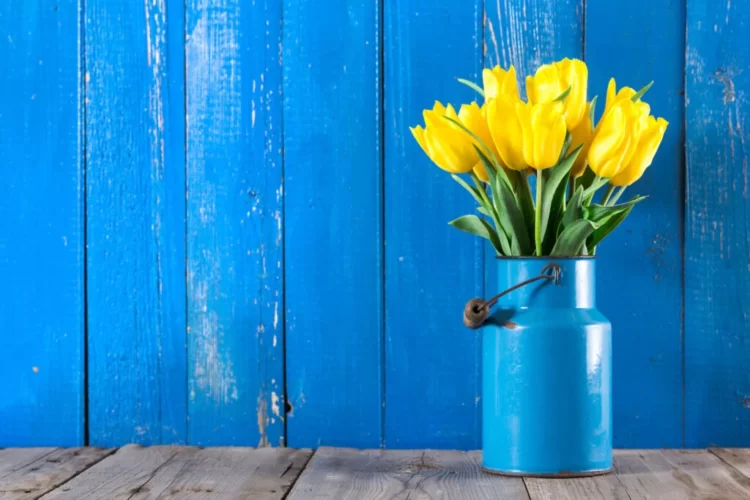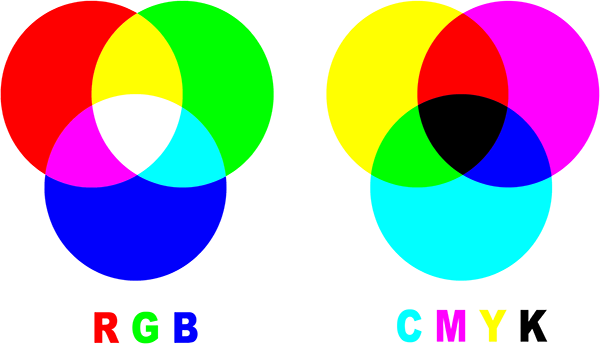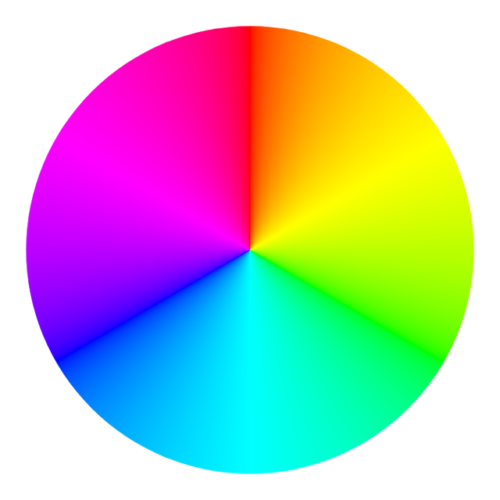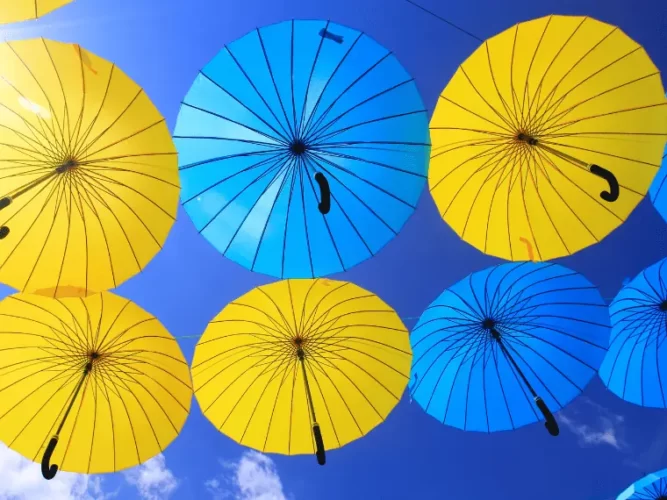Different answers could be given if you ask as to what blue’s opposite is. The opposite of blue is thought to be red by some, orange by others, and yellow by many. Knowing the right response is crucial for artists, designers, painters, and colorists since their finished work demands accuracy. While the short answer may be orange, the actual answer may depend on a few more variables.

On color wheels, opposites, often referred to as complementary hues, are situated next to one another. They can cancel each other out or neutralize each other when combined. The outcome is typically a grayscale color like white or black (depending on the amount of light involved in the hue) when the exact opposite of a color is combined with it. On the other hand, complementary colors provide great contrasts when they are placed close to one another.
What Color in RGB Contrasts with Blue?
One of the most widely used color models today is RGB, which is used frequently by graphic designers, web developers, digital artists, social media influencers, and filmmakers. Its name, RGB, stands for Red, Green, and Blue, and it represents the colors that are displayed on screens like those seen in televisions, tablets, laptops, and mobile phones. It is crucial to understand that this is an additive color model, which allows you to combine these three colors in a variety of intensities to represent a wide range of hues.

Yellow is blue’s opposite on the RGB color wheel. You might be interested in learning how they are divided into true RGB values, where 0 represents complete darkness and 255 represents full illumination. Only 255 blue is present in this pure blue, with no red or green. The yellow, on the other hand, has 255 red and 255 green but no blue.

The tertiary colors of blue are located on each side of it on the RGB color wheel. These are mixtures of the primary color blue and either the color green or the color red. Azure blue can be found on one side, tending toward green. Orange is directly opposed to it. Violet is on the other side, moving in the direction of red. Chartreuse or a yellow-green is its opposite.
What Is the Opposite of Blue in CMY?
Another popular color model is CMY, which is mainly utilized by people who work with paint or print media. Yellow, Magenta, and Cyan make up its primary hues. This model is subtractive, as opposed to RGB. In other words, when an artist adds color, they are taking light away from pure light/white. The absence of light, or black, would theoretically be possible if they combined two contrary colors or all the hues. In actuality, though, this is a dark brown.






